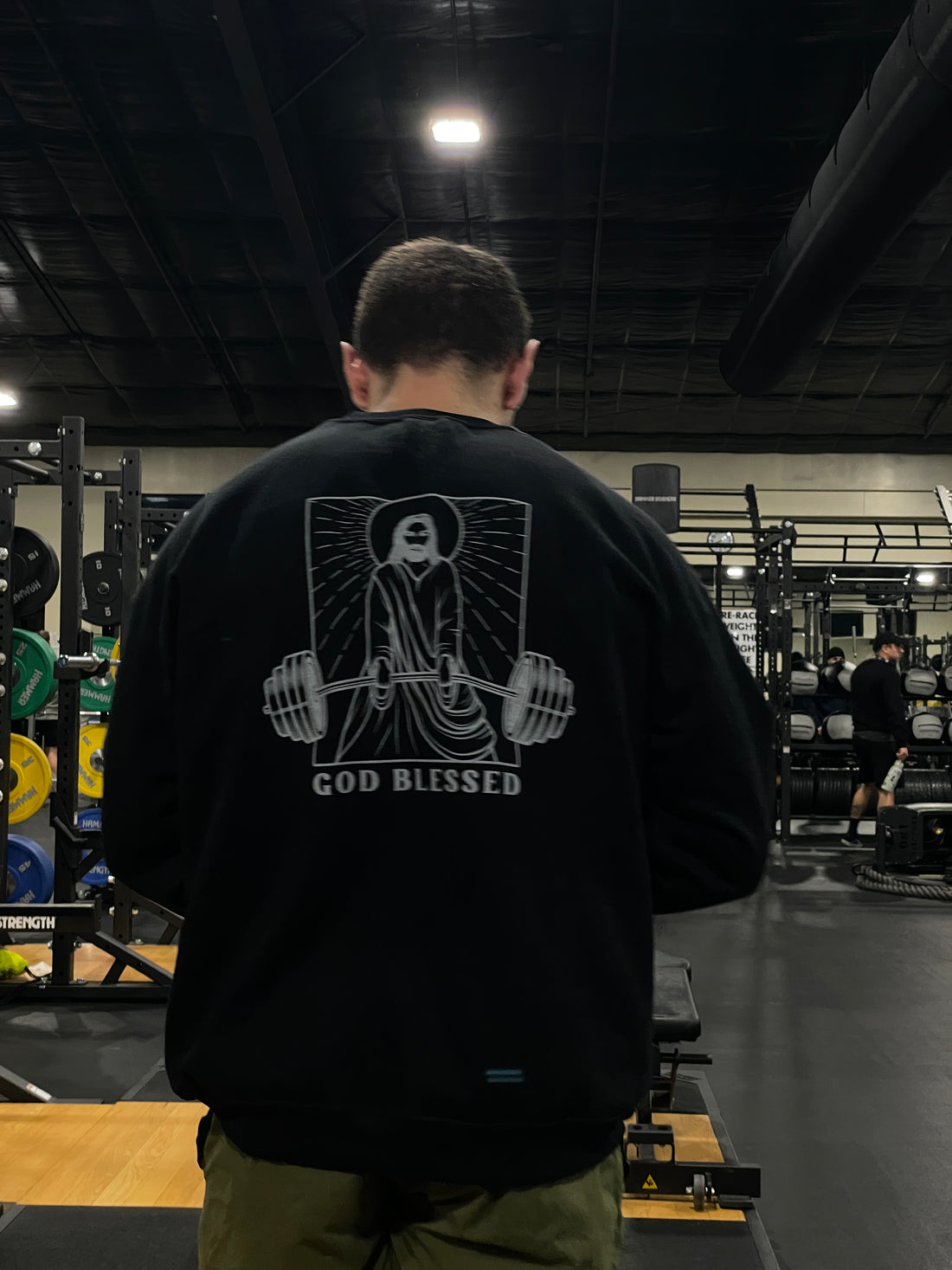Wearing a weightlifting belt is a common practice among athletes, especially those involved in strength training and powerlifting. The primary purpose of a weightlifting belt is to provide support to the lower back and abdominal region during heavy or maximal lifts. Here are some reasons why individuals choose to wear a weightlifting belt for certain exercises:
1. Increased Intra-Abdominal Pressure:
- A weightlifting belt helps create intra-abdominal pressure, which stabilizes the spine during heavy lifts. This pressure acts like a natural weightlifting belt, supporting the core and preventing the spine from collapsing under the load.
2. Reduced Spinal Flexion:
- The use of a weightlifting belt can limit excessive spinal flexion (bending forward) during heavy lifts. This reduction in spinal flexion helps maintain a neutral spine position, reducing the risk of lower back injuries.
3. Support for the Core Muscles:
- The belt provides support to the core muscles, including the abdomen and obliques. This support allows these muscles to work more efficiently, enhancing overall stability during lifts.
4. Increased Lift Capacity:
- By stabilizing the core and reducing the risk of injury, a weightlifting belt may contribute to an individual's ability to lift heavier loads. This can be particularly beneficial for compound exercises like squats and deadlifts.
5. Improved Lifting Technique:
- Wearing a weightlifting belt can encourage proper lifting technique by promoting a more upright posture. This is especially relevant for exercises where maintaining an upright torso is crucial, such as squats and overhead presses.
6. Psychological Confidence:
- Some individuals feel psychologically more confident and secure when wearing a weightlifting belt. The feeling of having additional support can boost confidence, allowing lifters to focus on their form and execution.
7. Protection Against Hyperextension:
- For movements that involve hyperextension of the lower back, such as deadlifts, a weightlifting belt can provide additional protection. It limits excessive arching and hyperextension, reducing the risk of strains or injuries.
8. Specific Exercises:
- Weightlifting belts are commonly used for exercises like squats, deadlifts, and overhead presses, where spinal stability and core engagement are crucial. However, they may not be necessary for every exercise, and some lifters choose to use them selectively based on their needs and preferences.
It's important to note that while weightlifting belts can offer benefits, they are not a substitute for proper form and technique. Lifters should prioritize developing a strong and stable core through consistent training and focus on maintaining proper posture during exercises. Additionally, it's advisable to consult with a fitness professional or healthcare provider before incorporating a weightlifting belt into your routine, especially if you have any pre-existing medical conditions.
